As we step into the year 2024, the world of web design is witnessing a significant shift towards creating immersive and user-centric experiences. With the rapid evolution of technology and changing consumer behaviors, businesses are under pressure to stay ahead of the curve by embracing the latest web design trends. From modern styles and templates to innovative layouts and interactive elements, the landscape of web design is becoming increasingly complex. In this article, we will delve into the most popular web design trends of 2024, exploring their impact on user experience, business success, and conversion rates.
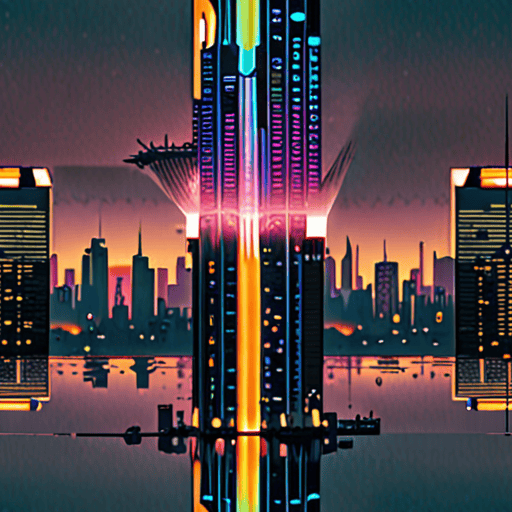
The Latest Trend in Web Design
In today’s digital landscape, web design is constantly evolving to meet the changing needs and preferences of users.
- Minimalism and Simplicity: With the rise of mobile devices, minimalistic designs have become increasingly popular, focusing on clean layouts, ample white space, and easy navigation.
- Dark Mode and High Contrast: As users spend more time online, dark mode and high contrast themes have gained traction, reducing eye strain and improving readability.
- Personalization and Customization: With the help of AI-powered tools, web designers can now create personalized experiences tailored to individual users’ preferences and behaviors.
- Sustainability and Accessibility: As concern for the environment grows, sustainable web design practices have emerged, prioritizing eco-friendly materials, energy efficiency, and accessibility features.
- Interactive and Immersive Experiences: Web design is shifting towards interactive and immersive experiences, incorporating AR, VR, and gamification elements to engage users and enhance brand loyalty.
By staying ahead of these trends, businesses can create visually appealing, user-friendly, and effective online presence that drives engagement, conversions, and long-term success.
Tips for Implementing the Latest Web Design Trends
- Conduct User Research: Understand your target audience’s needs, preferences, and pain points to inform your design decisions.
- Choose a Responsive Design: Ensure your website adapts seamlessly to various screen sizes, devices, and browsers.
- Select a Color Scheme: Opt for a palette that reflects your brand identity and resonates with your target audience.
- Invest in Accessibility Features: Incorporate features like alt text, closed captions, and keyboard navigation to cater to diverse user needs.
- Test and Iterate: Continuously test and refine your design to ensure it meets user expectations and stays ahead of emerging trends.
Best Practices for Web Design
To maximize the effectiveness of your web design, remember to:
- Keep it Simple and Intuitive: Prioritize ease of use and navigation to reduce bounce rates and increase engagement.
- Optimize for Mobile: Ensure a seamless user experience across various devices and screen sizes.
- Use High-Quality Imagery: Invest in professional-grade visuals that reflect your brand’s aesthetic and values.
- Focus on Content Quality: Develop engaging, informative, and concise content that resonates with your target audience.
- Monitor Analytics and Feedback: Regularly track user behavior and feedback to identify areas for improvement and optimize your design accordingly.
Web Design Trends for 2025
We’re already seeing the emergence of exciting new trends in web design, and 2025 promises to bring even more innovative ideas to the table.
- 3D Elements and Interactive Animations: These features have become increasingly popular in recent years, and we can expect to see even more sophisticated implementations in 2025. By adding depth and dynamism to websites, 3D elements and interactive animations can make a significant impact on user engagement.
- Custom Graphics and Illustrations: With the rise of digital art tools, custom graphics and illustrations are becoming more accessible and affordable for businesses. Expect to see more unique and creative visual elements in website designs moving forward.
- Minimalism and Clean Design: As technology advances, users are becoming increasingly accustomed to fast-loading websites that prioritize functionality over flashy visuals. Minimalist designs will continue to gain traction in 2025, emphasizing simplicity and ease of use.
- Sustainable Web Design: With growing concerns about climate change and environmental sustainability, web designers are beginning to incorporate eco-friendly principles into their work. Look for more websites adopting sustainable design practices, such as reduced carbon footprints and environmentally responsible materials.
- Accessibility and Inclusive Design: As the world becomes increasingly interconnected, web designers are recognizing the importance of accessibility and inclusive design. Expect to see more websites prioritizing accessibility features, such as high contrast modes, screen reader compatibility, and keyboard-only navigation.
- Artificial Intelligence (AI) Integration: AI-powered tools are revolutionizing the web design process, enabling designers to automate repetitive tasks and focus on high-level creativity. We’ll likely see more AI-driven design tools and services emerge in 2025, transforming the way we approach web design.
- Virtual Reality (VR) and Augmented Reality (AR): While still in its infancy, VR and AR technologies hold tremendous potential for web design. Expect to see more experimental and innovative applications of these technologies in 2025, pushing the boundaries of what’s possible online.
In conclusion, 2025 promises to be an exciting year for web design, with emerging trends and technologies set to shape the future of online experiences. By staying ahead of the curve and embracing innovation, web designers can create engaging, effective, and memorable websites that captivate audiences worldwide.
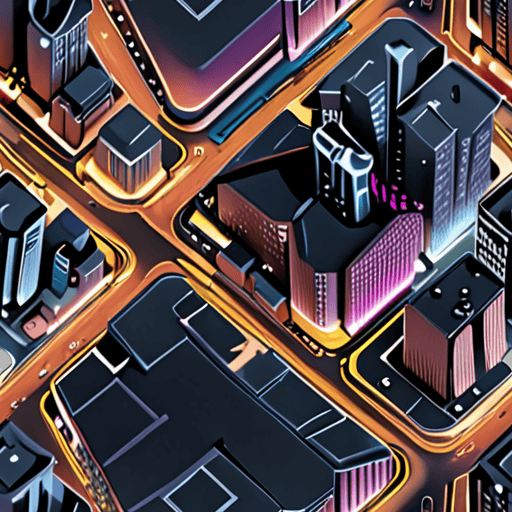
The Future of Web Design in 2024
In 2024, web design is expected to undergo significant changes driven by emerging technologies, shifting user behaviors, and evolving design trends.
-
Responsive and Mobile-First Design
As more users access websites on their mobile devices, responsive and mobile-first design will continue to dominate the landscape.
- This approach ensures that websites adapt seamlessly to various screen sizes and devices, providing an optimal user experience.
- Mobile-first design prioritizes the mobile version of a website, followed by desktop versions, to cater to the growing number of mobile users.
-
Artificial Intelligence (AI) and Machine Learning (ML)
AI and ML will play a crucial role in shaping the future of web design, enabling features like:
- Predictive analytics for personalized user experiences
- Automated content generation and curation
- Intelligent chatbots and conversational interfaces
-
WebAssembly and Progressive Web Apps (PWAs)
WebAssembly and PWAs will revolutionize the way we build and interact with web applications.
- WebAssembly enables developers to compile languages like C++ and Rust into web-compatible code, unlocking faster performance and improved security.
- PWAs offer a native app-like experience, complete with offline support, push notifications, and home screen installation.
-
Sustainability and Accessibility
With the growing emphasis on environmental responsibility and inclusivity, web design will prioritize sustainability and accessibility.
- Designers will focus on creating eco-friendly websites, minimizing carbon footprints, and promoting sustainable development.
- Websites will be designed to accommodate diverse user needs, including visual, auditory, motor, and cognitive disabilities.
-
Virtual and Augmented Reality (VR/AR)
VR/AR technology will transform the web design landscape, enabling immersive experiences and new interaction paradigms.
- VR will transport users to new dimensions, while AR will overlay digital information onto the physical world.
- Designers will need to adapt to these new formats, creating interactive and engaging experiences that blur the lines between reality and fantasy.
In conclusion, the future of web design in 2024 will be shaped by emerging technologies, shifting user behaviors, and evolving design trends.
By embracing these changes and staying ahead of the curve, designers can create innovative, user-centric, and sustainable web experiences that drive business success and leave a lasting impact.
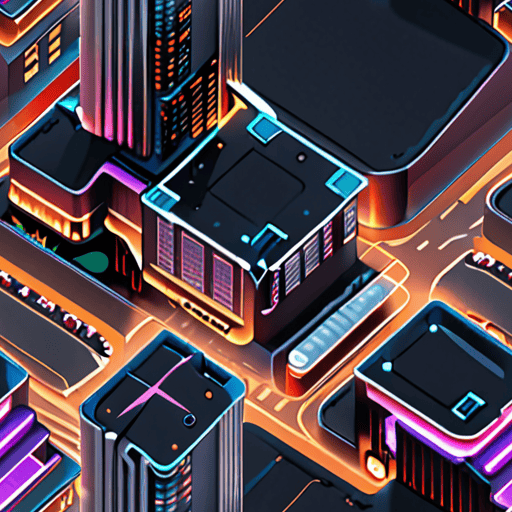
Design Trends
As we continue to push the boundaries of creativity and innovation, several design trends have emerged that are taking the world by storm.
- High Contrast and Bold Typography: Designers are increasingly embracing high-contrast color palettes and bold typography to make their work accessible to everyone, especially those with low vision. Think black and white with pops of color, large, easy-to-read fonts, and a clear hierarchy in information layout.
- Sustainable Design: With the growing concern for the environment, sustainable design has become a crucial aspect of modern design. This trend focuses on reducing waste, using eco-friendly materials, and promoting environmentally responsible practices.
- Minimalism: Minimalist design is all about simplicity and clean lines. By eliminating unnecessary elements and focusing on the essential, designers can create a sense of calmness and serenity in their work.
- Neon Colors: Neon colors are making a comeback, adding a touch of nostalgia and playfulness to designs. From neon signs to neon-colored graphics, this trend is sure to brighten up any space.
- Organic Shapes: Organic shapes are becoming increasingly popular in design, adding a touch of whimsy and personality to projects. From hand-drawn illustrations to abstract patterns, organic shapes can add visual interest and depth to any design.
- Dark Mode: Dark mode is a design trend that involves using dark backgrounds and light-colored text to reduce eye strain and improve readability. This trend is perfect for designers who want to create a sleek and sophisticated look.
- Micro-Interactions: Micro-interactions are small animations and effects that enhance the user experience. From loading animations to hover effects, micro-interactions can add a touch of magic to digital products.
- 3D and Animated Elements: 3D and animated elements are becoming increasingly popular in design, adding a touch of realism and dynamism to projects. From 3D models to animated GIFs, these elements can bring designs to life.
- Custom Illustrations: Custom illustrations are a great way to add a personal touch to designs. From hand-drawn illustrations to vector graphics, custom illustrations can help brands stand out and connect with their audience.
- Accessibility-Focused Design: Accessibility-focused design is a trend that prioritizes inclusivity and accessibility in design. By incorporating features such as high contrast modes, screen readers, and closed captions, designers can create designs that are usable by everyone.
These design trends are not only visually appealing but also reflect the changing needs and values of society. As designers, it’s essential to stay up-to-date with the latest trends and incorporate them into our work to create innovative and effective designs.
Next Big Design Trend in 2024
In 2024, we can expect to see a continuation of the sustainable and eco-friendly design trends that have been gaining momentum in recent years.
- Nature-Inspired Aesthetics: As people become increasingly aware of the importance of living sustainably, designers will continue to draw inspiration from nature, incorporating elements such as earthy tones, organic shapes, and natural textures into their work.
- Sustainable Materials: With the growing concern for environmental sustainability, designers will focus on using materials that are recycled, recyclable, or sustainably sourced, reducing waste and minimizing the carbon footprint of their designs.
- Circular Economy: The circular economy concept will continue to influence design, encouraging the reuse and recycling of materials, and promoting a closed-loop production process that minimizes waste and maximizes efficiency.
- Biophilic Design: Biophilic design, which incorporates elements of nature into built environments, will remain a popular trend in 2024, promoting well-being and productivity among occupants.
- Minimalism: Minimalist design will continue to gain popularity, emphasizing simplicity, clean lines, and a limited color palette, creating a sense of calm and serenity in both residential and commercial spaces.
- Neon Colors: Neon colors will make a comeback in 2024, adding a pop of vibrancy and energy to designs, particularly in the realm of digital art and graphic design.
- 3D Graphics: Three-dimensional graphics will become increasingly prominent in 2024, allowing designers to create immersive and interactive experiences that engage audiences and convey complex information in a visually appealing way.
- Virtual Reality (VR) and Augmented Reality (AR): VR and AR technologies will continue to advance, enabling designers to create immersive and interactive experiences that blur the lines between physical and digital spaces.
- Accessibility: Accessibility will remain a critical consideration in design, with designers prioritizing inclusivity and usability in their creations, ensuring that everyone can access and interact with their designs regardless of ability or disability.
- Wellness-Focused Design: Wellness-focused design will continue to grow in popularity, prioritizing the health and well-being of occupants through the incorporation of natural light, air quality, and ergonomic considerations.
- Artificial Intelligence (AI)-Generated Art: AI-generated art will become increasingly prevalent in 2024, pushing the boundaries of creativity and challenging traditional notions of authorship and originality.
- Multidisciplinary Collaboration: Multidisciplinary collaboration will remain essential in design, bringing together experts from various fields to create innovative solutions that integrate technology, art, and science.
- Emotional Connection: Emotional connection will become a key aspect of design in 2024, with designers striving to create experiences that evoke emotions, spark empathy, and foster meaningful connections between people and products.
- Storytelling: Storytelling will continue to play a vital role in design, with designers using narrative techniques to convey complex information, create emotional connections, and establish brand identities.
- Personalization: Personalization will become increasingly important in design, with designers tailoring their creations to individual preferences, needs, and behaviors, creating unique and tailored experiences for each user.
- Interactive Experiences: Interactive experiences will remain a dominant force in design, with designers crafting immersive and engaging interactions that captivate audiences and drive engagement.
- Environmental Sustainability: Environmental sustainability will continue to be a driving force in design, with designers prioritizing eco-friendliness, reducing waste, and promoting sustainable practices throughout the creative process.
- Technological Advancements: Technological advancements will continue to shape design, with designers leveraging emerging technologies like blockchain, IoT, and 5G to create innovative solutions that transform industries and revolutionize the way we live and work.
By embracing these trends, designers can create innovative, effective, and impactful designs that meet the evolving needs and expectations of their audience.
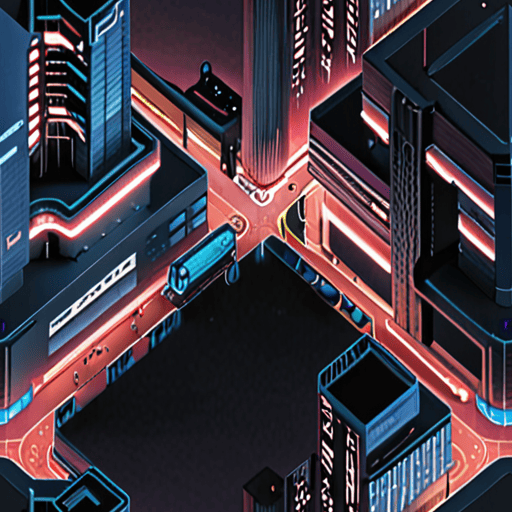
Most In-Demand Design
As a leading web design agency, we’ve seen a surge in demand for various types of designs.
- UI/UX Design: With the rise of digital products, UI/UX designers are in high demand to create intuitive and user-friendly interfaces.
- Web Development: As more businesses shift online, skilled web developers are needed to build responsive and secure websites.
- Graphic Design: Graphic designers are essential for creating visually appealing visual elements, such as logos, icons, and infographics.
- Branding: A strong brand identity is crucial for businesses to stand out in a crowded market, making branding experts highly sought after.
We’ve noticed that motion graphics design is currently the most in-demand type of graphic design, according to Mock Agency .
- The content is for 119webdesign.com, and here’s a summary of what we offer: Discover the latest tips, tutorials, and trends in web design . We help elevate your skills and stay ahead of the curve with our expert insights.
- You can find more information about our services and expertise on our website.
- Our team consists of experienced professionals who are passionate about delivering high-quality work.
- We’re committed to staying up-to-date with the latest trends and technologies in the industry.
Some of our competitors in the web design industry include Wix and Squarespace .
However, we believe that our unique approach and expertise set us apart from the competition.
Trends in Web Design
Some of the current trends in web design include:
- Minimalism: Simple and clean designs are becoming increasingly popular.
- Responsiveness: Websites need to be optimized for various devices and screen sizes.
- Accessibility: Ensuring that websites are accessible to people with disabilities is crucial.
- Personalization: Tailoring the user experience to individual preferences is becoming more important.
Conclusion
In conclusion, the most in-demand design is a combination of UI/UX, web development, graphic design, and branding. Our team at 119webdesign.com is dedicated to delivering high-quality work and staying up-to-date with the latest trends and technologies in the industry.
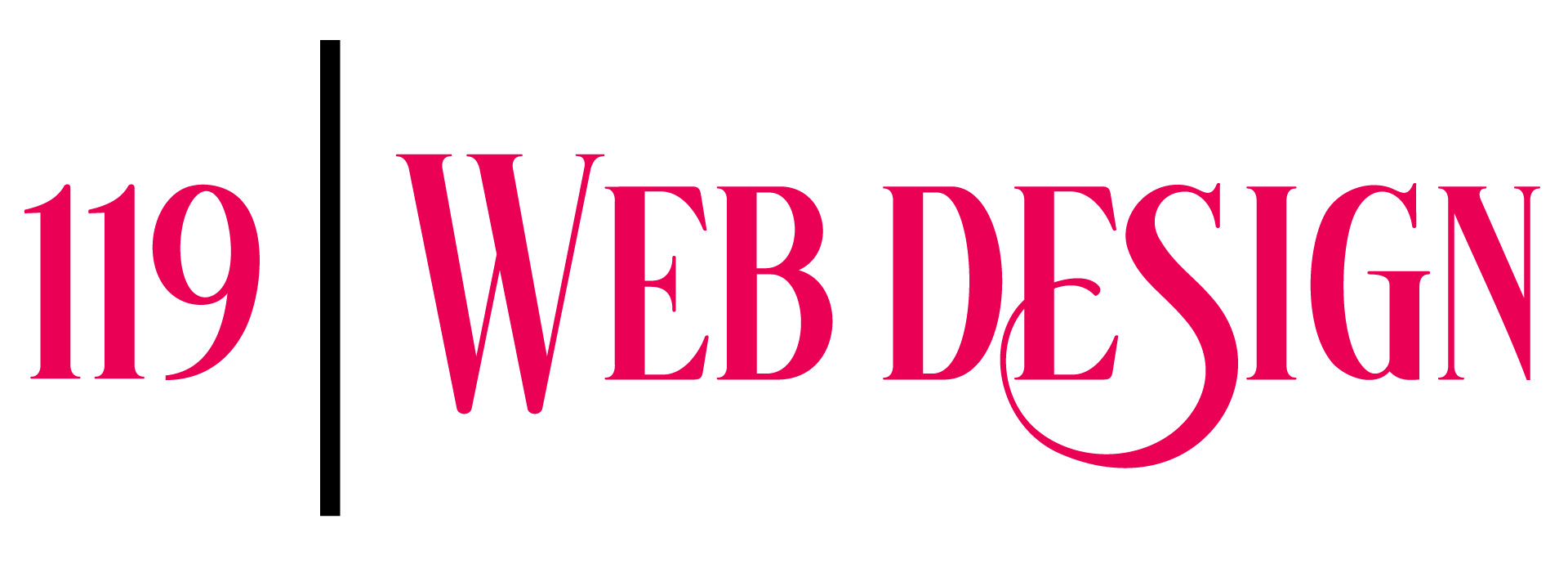
0 Comments